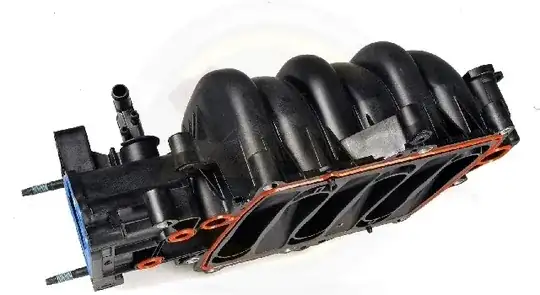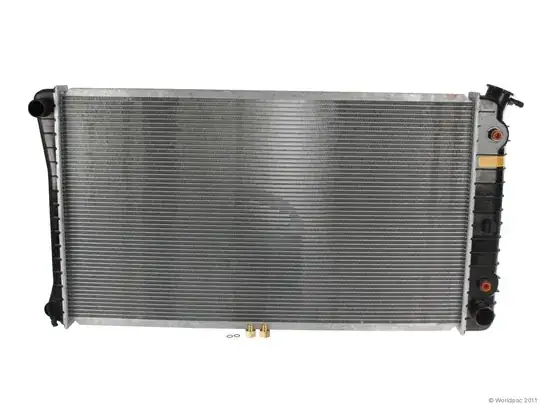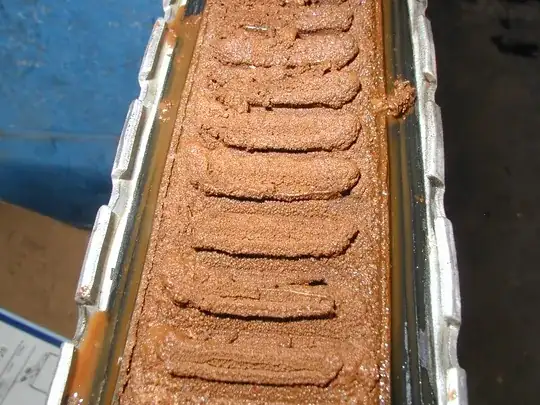The car is a '98 Buick Lesabre with the 3800 engine and about 170k miles. It appears as though some oil was in the radiator, but I haven't seen any signs of coolant in the oil. The water pump recently went bad, so I'm not sure how much oil was in the radiator because all the coolant leaked out; I just found some on the inside of the cap. When the water pump went the serpentine belt came off. I drove it to the mechanic and they said I needed a new pump, belt and a flush. They didn't mention any other problems. I drove home and haven't started it since. It didn't overheat at any point.
Do I have a blown head gasket? If not, why would oil be leaking into the coolant, but no coolant leaking into the oil?


